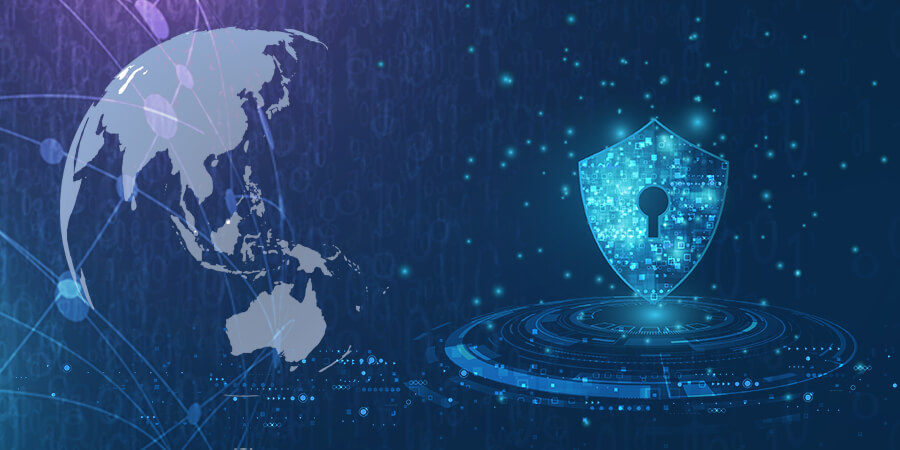The telecom sector plays a crucial role in the economy of the Asia-Pacific (APAC) region, providing critical infrastructure for communication, commerce and social interaction. However, with the increasing digitization of telecom networks, the manufacturing industry has become a prime target for cyberattacks, followed by finance and insurance. According to a recent report, manufacturing accounted for 31% of all cyberattacks in APAC in 2022, making it the most targeted industry in the region for two consecutive years.
One of the primary cybersecurity challenges faced by the telecom sector in APAC is the threat of hacking and data breaches. With the rise of the Internet of Things (IoT) and the increasing number of connected devices, the potential for cybercriminals to gain access to sensitive data and information has increased exponentially.
According to the cybersecurity magazine, 143 out of 1,335 breaches that were analyzed globally occurred in APAC. This resulted in 1,561,990,339 records being exposed, a stunning 68% of the total records worldwide.
Tenable senior staff research engineer Satnam Narang stated, “The constant evolution of the modern digital environment introduces new challenges for security practitioners.
Successful security programs must take a comprehensive approach and understand where their most sensitive data and systems lie and what vulnerabilities or misconfigurations pose the greatest risk. Given the brisk rate of cloud migration, preventing attacks requires full visibility into all assets and exposures, extensive context into potential security threats, and clear metrics to objectively measure cyber risk,” he further elaborated.
In addition, the sector is also facing the challenge of managing the security of the physical infrastructure of telecom networks. With the increasing adoption of 5G technology, the number of connected devices and the volume of data being transmitted will increase. This will require the deployment of more physical infrastructure, such as cell towers and antennas, which will need to be secured against cyberattacks.
Ransomware attacks are a significant cybersecurity problem with which the APAC telecom industry must contend. In 2022, ransomware continued to be the most frequent root cause, accounting for about 29% of breaches in APAC.
As per a recent survey by local media, 74% of Indian organizations experienced ransomware attacks. Of these, more than one-third paid ransom to hackers for the recovery of their data and system access. This ranges from US$1 million to US$2.5 million.
Meanwhile, Japan has had the lowest success rate in stopping attacks, with 95% of attempts leading to data encryption. This means that, in comparison to the US (25%) and Germany (31%), lower defensive measures lead to higher success rates for attackers.
Even the most established enterprises might experience cloud configuration errors. Indeed, critical information was recently exposed by both Microsoft and Amazon. This is because of misconfigurations in their cloud systems. Unsecured databases in APAC accounted for roughly 8% of all data breaches in 2022, which is higher than the global average of 3%.
Moreover, the telecom sector is also vulnerable to attacks on communication channels. Cybercriminals can intercept and manipulate communication channels to gain access to sensitive data, such as financial transactions or personal information. This can lead to significant financial losses for both the telecom companies and their customers.
Adopting Various Measures
To combat these cybersecurity challenges, the telecom sector in APAC is adopting various measures. One of the most critical of these is the implementation of advanced security protocols and solutions. The adoption of advanced encryption techniques, firewalls, and intrusion detection systems helps prevent unauthorized access to networks and data.
Another measure being taken is the implementation of strict data protection regulations. Governments across APAC are introducing new data protection regulations to ensure that companies are held accountable for any data breaches that occur on their networks.
This has led to the establishment of government agencies to enforce these regulations and ensure that companies adhere to them. This includes implementing strong access controls, deploying network segmentation and monitoring tools, conducting regular vulnerability assessments and collaborating with industry partners and government agencies to share threat intelligence and coordinate incident responses.
The telecom sector is also investing in cybersecurity training and awareness programs for employees. This helps to ensure that employees are aware of potential cybersecurity threats and how to prevent them. It also helps to create a cybersecurity culture within the organization, which is critical to preventing cyberattacks.
By adopting these measures, telecom companies in Asia Pacific can improve their cybersecurity posture and protect their critical infrastructure from the growing threat of cyberattacks. It is crucial that the sector continues to prioritize cybersecurity to maintain the trust and confidence of their customers and ensure the resilience of their networks.





